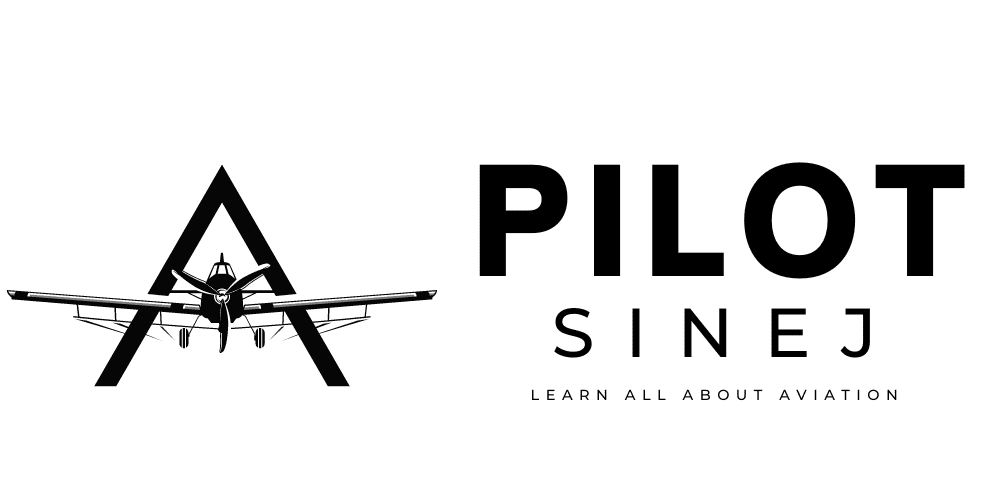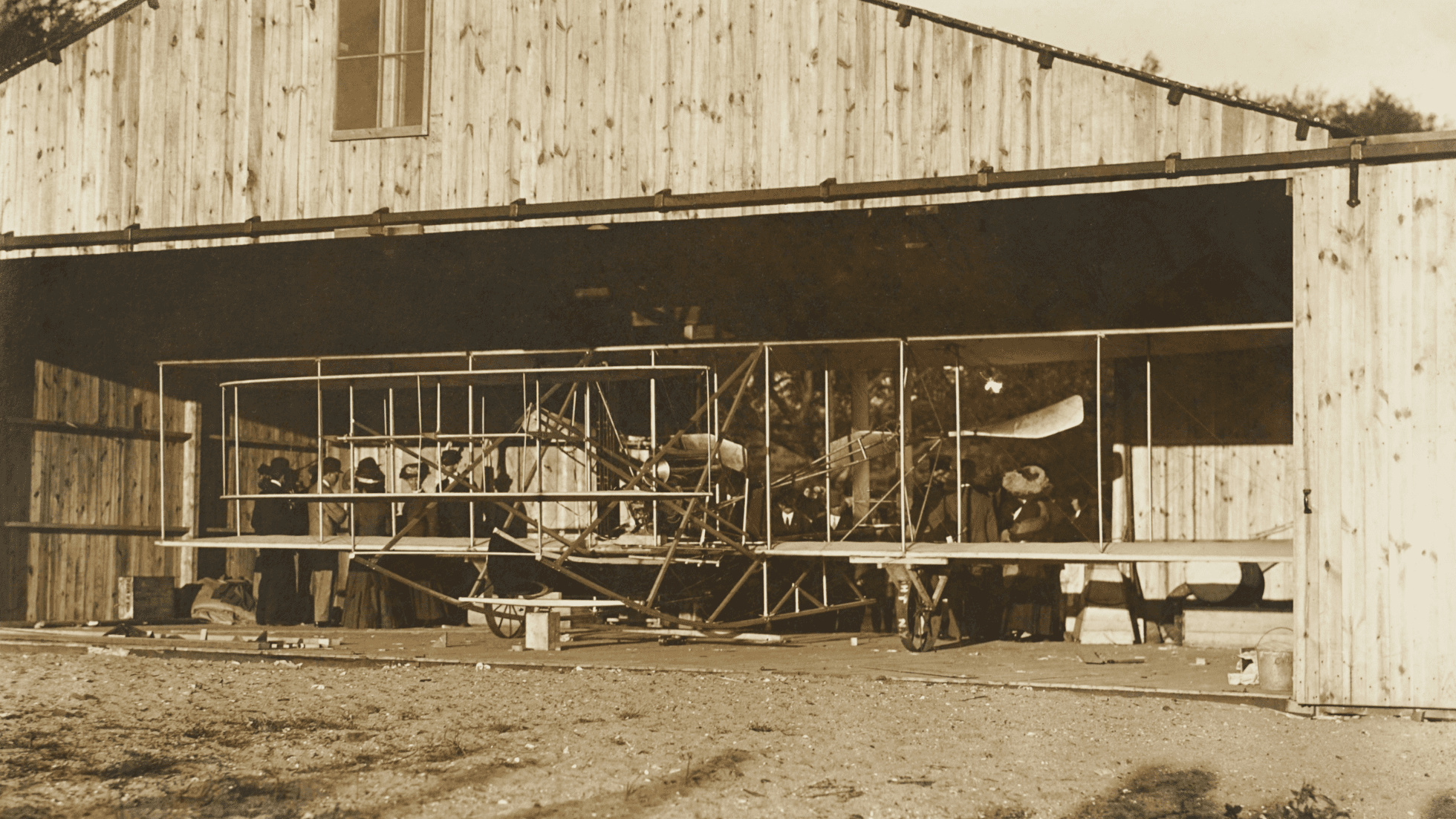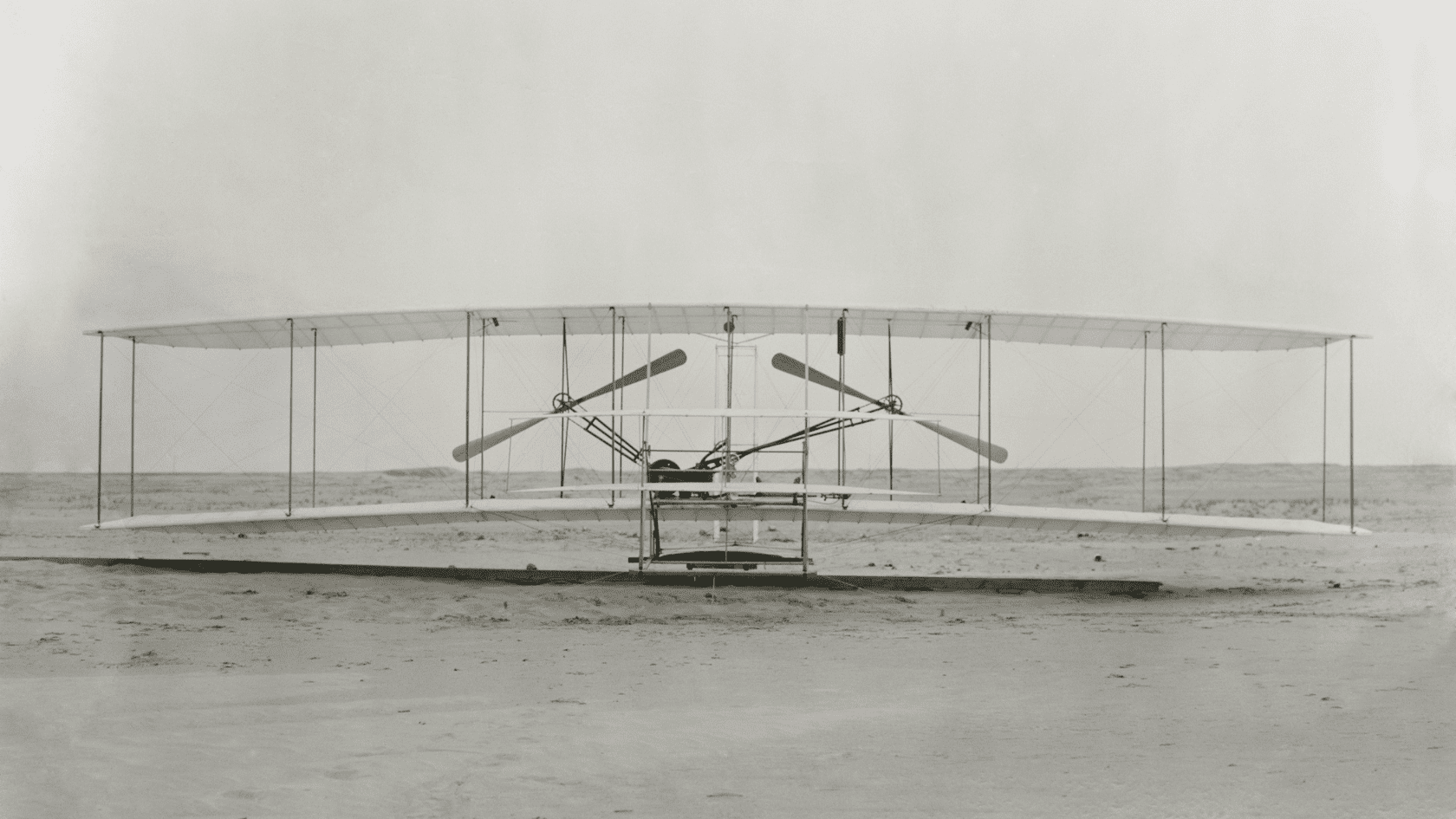Orville and Wilbur Wright. Even a century later, these names echo the beginning of aviation. Their tale of determination and innovation still inspires countless aviation enthusiasts, pilots, and dreamers.
Humble Beginnings
Born in Dayton, Ohio, the Wright Brothers were inventors by nature. Interestingly, they didn’t begin with the sky.
Their early endeavors revolved around printing presses, bicycles, and motors. The bicycle shop they operated turned out to be more than just a business; it became the birthplace of aviation ideas.
From Ground to Sky
A series of events led them towards flying. The death of the glider pioneer, Otto Lilienthal, sparked their interest in aviation. Reading about his attempts and failures, they started researching. Their approach was scientific. Unlike others, they believed in controlling the flight rather than just lifting off.
Wind Tunnels and Experiments
To understand aerodynamics, the brothers built wind tunnels. These were makeshift, yet revolutionary. Inside, they tested wing shapes, materials, and more.
Their experiments with bicycles taught them about balance and control. These lessons were invaluable. They realized that to control a flight, they’d need to control its three axes: pitch, yaw, and roll.
Challenges on the Way
The road to the first flight was bumpy. While they understood control, powering their aircraft was a challenge. Commercial engines of the time were too heavy. So, they built their own. This lightweight engine, combined with their control mechanisms, paved the way for Flyer I.
Flyer I Takes to the Sky
December 17, 1903, Kitty Hawk, North Carolina is etched in aviation lore. The Flyer I took off with Orville piloting.
It was a short flight, lasting just 12 seconds. But those 12 seconds revolutionized transportation. Three more flights occurred that day. Wilbur piloted the longest, covering 852 feet in 59 seconds.
A World Changed Forever
After their historic flight, the Wright Brothers faced skepticism. Europe was particularly critical.
However, in 1908, Wilbur flew in front of European crowds, silencing doubters. By mastering flight’s fundamentals, they sparked an aviation movement.
Legacy Beyond First Flight
The Wrights continued improving their designs. The aviation community grew rapidly. Governments, seeing aviation’s potential, invested heavily.
Aerial warfare, commercial flights, space exploration—all trace back to the Wrights’ foundational work.
Inspiration for Aspiring Aviators
The story of the Wright Brothers isn’t just about flight. It’s about resilience, innovation, and vision. Every pilot school student or flyer should take heart. The sky isn’t the limit; it’s just the beginning.
Wilbur Wright once remarked, “If birds can glide for long periods of time, then… why can’t I?” This spirit, shared with Orville, propelled them into the annals of history. They didn’t just give wings to machines; they gave wings to humanity’s dreams.


